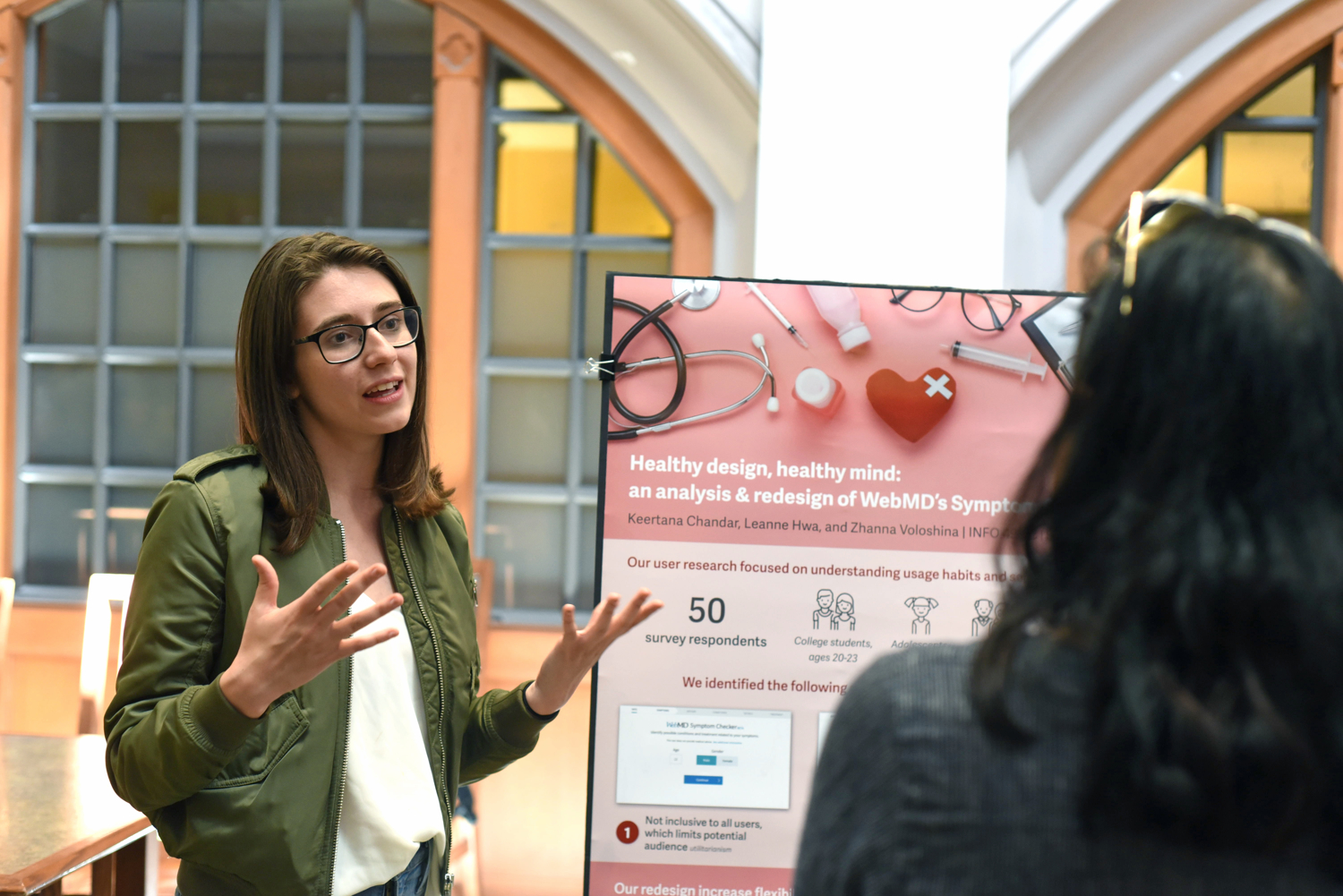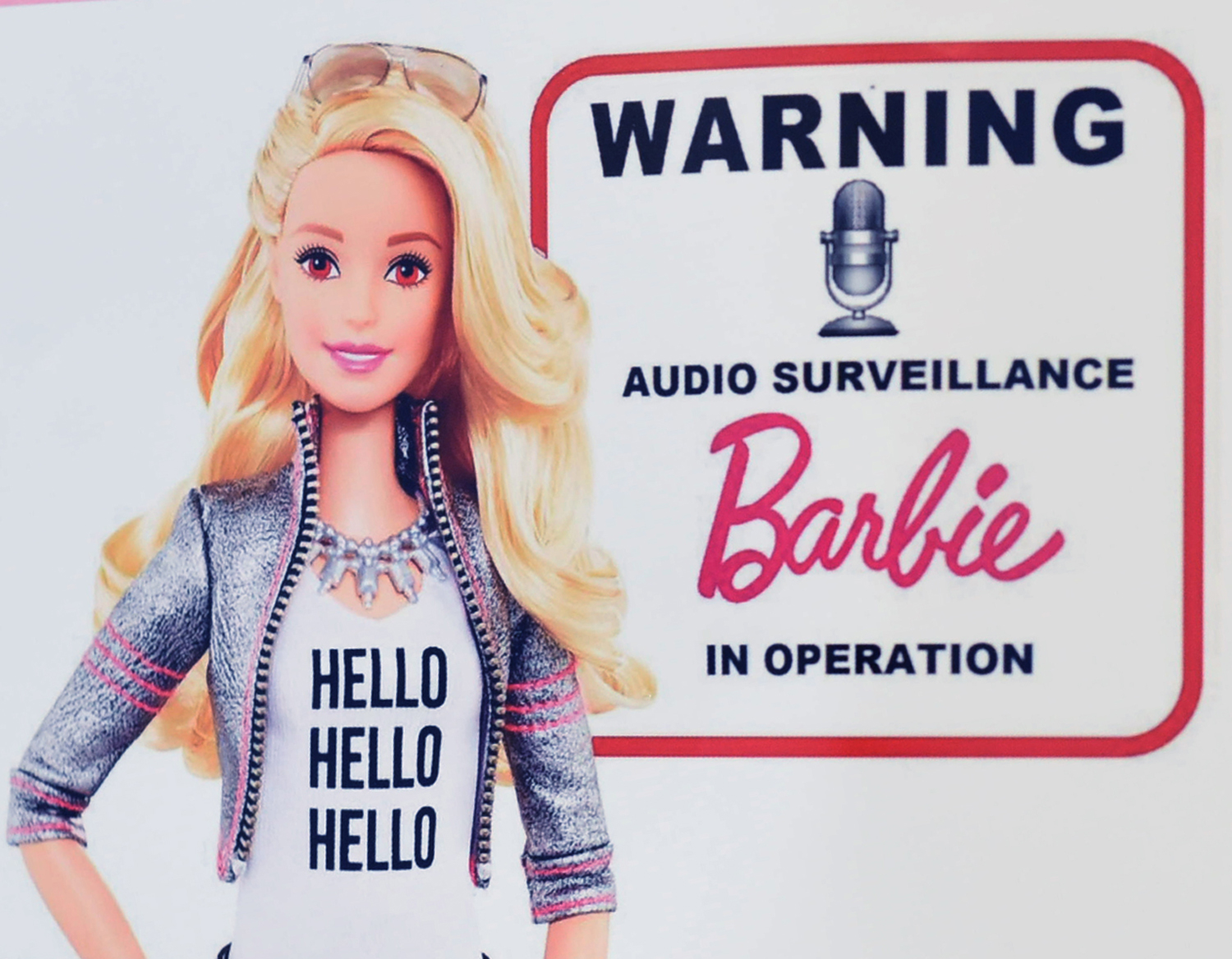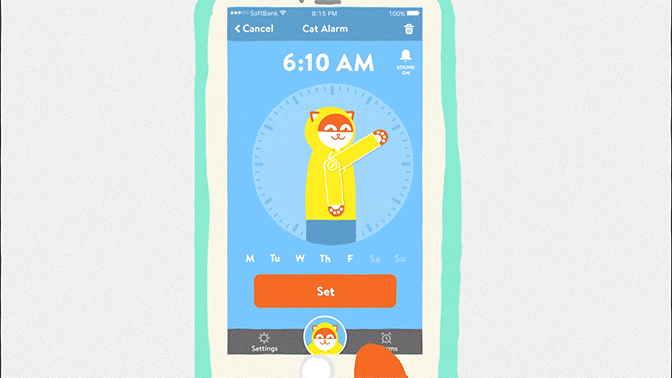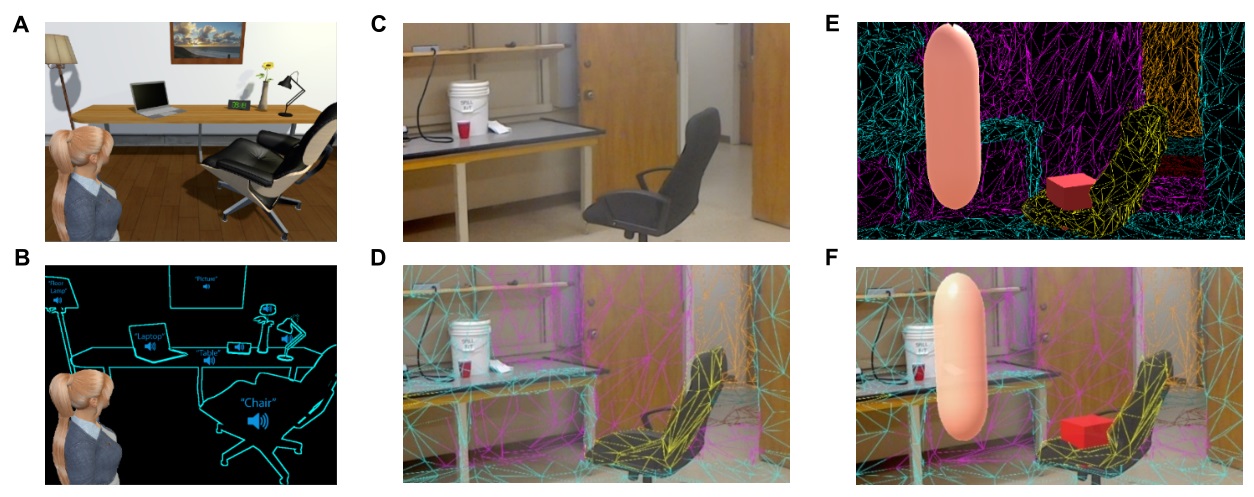Music
Trailers
DailyVideos
India
Pakistan
Afghanistan
Bangladesh
Srilanka
Nepal
Thailand
Iraq
Iran
Russia
Brazil
StockMarket
Business
CryptoCurrency
Technology
Startup
Trending Videos
Coupons
Football
Search
Download App in Playstore
Download App
Best Collections
Technology
Tradeshift, a supply chain payments and marketplaces late-stage startup which recently added blockchain to its armoury, has today raised $250 million in a Series E funding round led by Goldman Sachs and Public Sector Pension Investment Board (PSP Investments). Additional participation comes from HSBC, H14, GP Bullhound, and Gray Swan, a new venture company established by Tradeshift founders. The new round of financing brings Tradeshifttotal funding to more than $400 million. The company claims itvaluation has now passed $1.1 billion.
The new investors join existing backers, including HSBC, American Express Ventures, the CreditEase Fintech Investment Fund, Notion Capital, Santander InnoVentures, and others. Mikkel Hippe Brun, TradeshiftGM of China and Co-Founder, will join Tradeshiftboard of directors.
Tradeshift CEO and Co-Founder Christian Lanng said in a statement: &We have always believed that the future of supply chains is 100 percent digital and that connecting trade is just the first step to a digitally connected economy. This investment will enable us to continue our rapid growth and consolidate our leadership position.&
&Given the rapid increase in B2B online transactions, online marketplaces are no longer just for consumers. Tradeshift has established itself as a leader in supply chain commerce by enabling corporations around the globe to take greater control of their supply chains,& said Darren Cohen, global head of Principal Strategic Investments at Goldman Sachs.
- Details
- Category: Technology
Read more: Tradeshift Raises $250M Series E, Goldman Sachs joins the round
Write comment (97 Comments)Whether itsurveilling or deceiving users, mishandling or selling their data, or engendering unhealthy habits or thoughts, tech these days is not short on unethical behavior. But it isn&t enough to just say &thatcreepy.& Fortunately, a course at the University of Washington is equipping its students with the philosophical insights to better identify — and fix — techpernicious lack of ethics.
&Designing for Evil& just concluded its first quarter at UWInformation School, where prospective creators of apps and services like those we all rely on daily learn the tools of the trade. But thanks to Alexis Hiniker, who teaches the class, they are also learning the critical skill of inquiring into the moral and ethical implications of those apps and services.
What, for example, is a good way of going about making a dating app that is inclusive and promotes healthy relationships How can an AI imitating a human avoid unnecessary deception How can something as invasive as Chinaproposed citizen scoring system be made as user-friendly as it is possible to be
I talked to all the student teams at a poster session held on UWcampus, and also chatted with Hiniker, who designed the course and seemed pleased at how it turned out.
The premise is that the students are given a crash course in ethical philosophy that acquaints them with influential ideas, such as utilitarianism and deontology.

&Itdesigned to be as accessible to lay people as possible,& Hiniker told me. &These aren&t philosophy students — this is a design class. But I wanted to see what I could get away with.&
The primary text is Harvard philosophy professor Michael Sandelpopular book Justice, which Hiniker felt combined the various philosophies into a readable, integrated format. After ingesting this, the students grouped up and picked an app or technology that they would evaluate using the principles described, and then prescribe ethical remedies.
As it turned out, finding ethical problems in tech was the easy part — and fixes for them ranged from the trivial to the impossible. Their insights were interesting, but I got the feeling from many of them that there was a sort of disappointment at the fact that so much of what tech offers, or how it offers it, is inescapably and fundamentally unethical.
I found the students fell into one of three categories.
Not fundamentally unethical (but could use an ethical tune-up)
WebMD is of course a very useful site, but it was plain to the students that it lacked inclusivity: its symptom checker is stacked against non-English-speakers and those who might not know the names of symptoms. The team suggested a more visual symptom reporter, with a basic body map and non-written symptom and pain indicators.
Hello Barbie, the doll that chats back to kids, is certainly a minefield of potential legal and ethical violations, but thereno reason it can&t be done right. With parental consent and careful engineering it will be in line with privacy laws, but the team said that it still failed some tests of keeping the dialogue with kids healthy and parents informed. The scripts for interaction, they said, should be public — which is obvious in retrospect — and audio should be analyzed on device rather than in the cloud. Lastly, a set of warning words or phrases indicating unhealthy behaviors could warn parents of things like self-harm while keeping the rest of the conversation secret.

WeChat Discover allows users to find others around them and see recent photos they&ve taken — itopt-in, which is good, but it can be filtered by gender, promoting a hookup culture that the team said is frowned on in China. It also obscures many user controls behind multiple layers of menus, which may cause people to share location when they don&t intend to. Some basic UI fixes were proposed by the students, and a few ideas on how to combat the possibility of unwanted advances from strangers.
Netflix isn&t evil, but its tendency to promote binge-watching has robbed its users of many an hour. This team felt that some basic user-set limits like two episodes per day, or delaying the next episode by a certain amount of time, could interrupt the habit and encourage people to take back control of their time.
Fundamentally unethical (fixes are still worth making)
FakeApp is a way to face-swap in video, producing convincing fakes in which a politician or friend appears to be saying something they didn&t. Itfundamentally deceptive, of course, in a broad sense, but really only if the clips are passed on as genuine. Watermarks visible and invisible, as well as controlled cropping of source videos, were this teamsuggestion, though ultimately the technology won&t yield to these voluntary mitigations. So really, an informed populace is the only answer. Good luck with that!
 China&social credit& system is not actually, the students argued, absolutely unethical — that judgment involves a certain amount of cultural bias. But I&m comfortable putting it here because of the massive ethical questions it has sidestepped and dismissed on the road to deployment. Their highly practical suggestions, however, were focused on making the system more accountable and transparent. Contest reports of behavior, see what types of things have contributed to your own score, see how it has changed over time, and so on.
China&social credit& system is not actually, the students argued, absolutely unethical — that judgment involves a certain amount of cultural bias. But I&m comfortable putting it here because of the massive ethical questions it has sidestepped and dismissed on the road to deployment. Their highly practical suggestions, however, were focused on making the system more accountable and transparent. Contest reports of behavior, see what types of things have contributed to your own score, see how it has changed over time, and so on.
Tinder&s unethical nature, according to the team, was based on the fact that it was ostensibly about forming human connections but is very plainly designed to be a meat market. Forcing people to think of themselves as physical objects first and foremost in pursuit of romance is not healthy, they argued, and causes people to devalue themselves. As a countermeasure, they suggested having responses to questions or prompts be the first thing you see about a person. You&d have to swipe based on that before seeing any pictures. I suggested having some deal-breaker questions you&d have to agree on, as well. Itnot a bad idea, though open to gaming (like the rest of online dating).
Fundamentally unethical (fixes are essentially impossible)
The League, on the other hand, was a dating app that proved intractable to ethical guidelines. Not only was it a meat market, but it was a meat market where people paid to be among the self-selected &elite& and could filter by ethnicity and other troubling categories. Their suggestions of removing the fee and these filters, among other things, essentially destroyed the product. Unfortunately, The League is an unethical product for unethical people. No amount of tweaking will change that.
Duplex was taken on by a smart team that nevertheless clearly only started their project after Google I/O. Unfortunately, they found that the fundamental deception intrinsic in an AI posing as a human is ethically impermissible. It could, of course, identify itself — but that would spoil the entire value proposition. But they also asked a question I didn&t think to ask myself in my own coverage: why isn&t this AI exhausting all other options before calling a human It could visit the site, send a text, use other apps and so on. AIs in general should default to interacting with websites and apps first, then to other AIs, then and only then to people — at which time it should say itan AI.
To me the most valuable part of all these inquiries was learning what hopefully becomes a habit: to look at the fundamental ethical soundness of a business or technology and be able to articulate it.
That may be the difference in a meeting between being able to say something vague and easily blown off, like &I don&t think thata good idea,& and describing a specific harm and reason why that harm is important — and perhaps how it can be avoided.
As for Hiniker, she has some ideas for improving the course should it be approved for a repeat next year. A broader set of texts, for one: &More diverse writers, more diverse voices,& she said. And ideally it could even be expanded to a multi-quarter course so that the students get more than a light dusting of ethics.
With any luck the kids in this course (and any in the future) will be able to help make those choices, leading to fewer Leagues and Duplexes and more COPPA-compliant smart toys and dating apps that don&t sabotage self-esteem.
- Details
- Category: Technology
Read more: Students confront the unethical side of tech in ‘Designing for Evil’ course
Write comment (98 Comments)They say you can&t predict the weather. Acquisitions are often the same way. If you had told me yesterday, for instance, that adorable weather app Poncho was about to be acquired and effectively shuttered by a direct-to-consumer beverage company, I&d have told you thatabout as plausible as a cat whoalso a meteorologist.
And yet, here we are. Dirty Lemon, a high-end drink maker that sells products through text message for ~$10 a pop, has purchased the beloved app. The company confirmed the acquisition in a press release that contains the following buzzwordy quote from CEO Zak Normandin: &This partnership advances our vision to build a frictionless conversational platform by expanding our technological capabilities as an organization.&
Well, yeah, obviously.

Poncho was a bit more straightforward in describing what all of this means for the fate of the app. &It means no moreweather…forecasts,& reads the note on the companyfront page. &Obvi there will still be weather, duh lol. And I hope you think of me every time you look at it, unless itnasty weather in which case pls think of a competitor weather service instead.&
As far as what this means for Poncho itself, the companyCEO Sam Mandel will be serving as an adviser for Dirty Lemon, and the rest of the team will be folded into its parent company. The employees will work to help improve the drink companySMS-based sales model.
Mandel tells Fast Company that the service ultimately wasn&t able to monetize its product, in spite of raising $2 million courtesy of an appearance onPlanet of the Apps last year. &We weren&t able to achieve critical mass,&he says. &Itbeen a challenge […] to build a product that was independently compelling.&
The same, apparently, can&t be said for Dirty Lemonpricey beverage business.
- Details
- Category: Technology
Read more: A beverage company bought — and shuttered — the Poncho weather app
Write comment (97 Comments)By 2020, Brazilian mobile giant, Movile, wants to improve the lives of more than one billion people through its apps. The company began its mission in 1998 selling gaming, news and SMS messaging services to mobile operators in Brazil. After receiving its first investment from South African-based global investor Naspers 10 years ago, Movile grew into one of the largest and most successful mobile companies in Latin America, with more than 150 million monthly active users of its apps and estimated revenues over $240 million.
Movile app, PlayKids, propelled the company to the global stage. A platform that offers educational products and content for children, PlayKids in 2014 reached more than 6 million downloads within a year of launching, and 5 million active users per month.
From there, Movile turned its attention to an unprecedented strategy of mergers and acquisitions in Latin America. The companyexpansion strategy included investments in more than 20 other mobile companies, such as iFood and Sympla, two of the most prominent players in Latin Americamobile space today.
Herea look at how Movile went from local success story in Brazil to one of the largest mobile companies in Latin America — and its next steps for mobile success worldwide.
The PlayKids launching pad
By 2012, Movile was the largest mobile services company in Brazil. With more than 150 employees, the company established its core offerings in mobile payments, mobile commerce and other B2B mobile solutions. Movileteams successfully opened offices in Mexico, Colombia, Argentina and Venezuela, which they achieved through the acquisition of another mobile company with a similar business model, CycleLogic. But it wasn&t until the launch of PlayKids in 2013 that one of Movilecreations landed in the hands of millions of users around the world.
By June 2014, PlayKids had users in more than 30 countries and was one of the top-grossing childrenapps of all time. The success of PlayKids allowed Movile to build key relationships with tech firms in Silicon Valley, including Apple and Google, for the distribution of the companyapps, and Facebook for marketing them.
Also by this time, Movile had more than 700 employees working from 11 offices in six countries, and began the next chapter in their story: ramping up their investments in other mobile companies. Movile used this strategy not only to continue its expansion across the region, but also to fend off any foreign competition eyeing Latin Americaincreasingly lucrative mobile market. By 2014-2015, Latin America was the fastest-growing smartphone market in the world with 109.5 million smartphone units sold in the region.
Becoming Latin Americamobile powerhouse
2014 marked a big year for Movile. The company invested $1.6 million into online food delivery startup iFood in the past, but an additional $2.6 million investment in 2014 led to the purchase of an iFood competitor, Central Delivery. Movileinvestments in iFood and its buy-out of the competition took the iFood app from 25,000 orders per month to more than one million orders per month.
Movilegoal was simple: take a fast-moving startup and help it grow beyond what the founding team ever thought possible.
The insights and data that Movile gathered during its strategic venture capital investments in iFood were critical. During this time, Movile built the foundation for its investments that followed shortly after, and learned how to make them a success. With each new investment, Movilegoal was simple: take a fast-moving startup and help it grow beyond what the founding team ever thought possible by infusing cash, human capital and any technical resources or expertise that the startup could possibly need.
Movile quickly solidified its M-A strategy, its processes and its position as a leader in Latin Americamobile market. To continue financing its growth through acquisitions, Movile raised another $55 millionfrom Innova Capital, Jorge Paulo Lemann and FINEP in its Series D round in 2014. This new round of financing led to even more acquisitions, including the acquisition of Rapiddo, ChefTime and FreshTime. It also allowed the company to make additional investments in LBS Local, the owners of Apontador, MapLink, Cinepapaya and TruckPad.
Bundling an empire
In 2015, after a handful of investments in food-related startups, Movileappetite for the food and delivery space continued to grow. Naspers and Innova Capital infused another $40 million (Series E) into Movile in 2016. Movile then boosted its iFood and Just EAT platforms with another $50 million. With access to all of Movileresources, iFood quickly rose as a leader in online food delivery in Latin America, with 6.2 million monthly orders and a growing presence in multiple countries, including Brazil, Mexico, Colombia and Argentina.
Movileventure capital model became so successful that iFood replicated the same model themselves. iFood took part in more than 10 mergers and acquisitions, including the acquisition of SpoonRocket, a San Francisco-based online food delivery service. iFood acquired SpoonRocket technology to help it expand its reach across Latin America.
In 2016, MovileRappido app acquired on-demand courier service 99Motos, and then Movile made investments in Sympla (a DIY-ticketing platform for events), while raising another $40 million (Series F) from Naspers and Innova Capital. By 2017, Movile raised an additional $53 million (Series G) from Naspers and Innova Capital, bringing Naspers& share of Movile to 70 percent.
On the road to one billion
With no shortage of cash, Movile now has plans to put more than half of its latest $53 million Naspers investment into Rapiddo Marketplace. Movile believes they can transform the Rapiddo Marketplace into a one-stop-shop for a variety of consumer transactions ranging from food delivery and event tickets to refilling mobile credit and hailing rides. Included in this ambitious plan is a payments platform similar to PayPal called Zoop, which handles all digital payments and makes the Rapiddo Marketplace a single platform that can integrate many — if not all — of Movileother applications.
If a path does not yet exist, Movile will simply build, acquire or bundle its way to make it happen.
Movilemission is no easy feat; however, if the company is to achieve its goal of touching the lives of one billion people through its apps, there may never be a better time. Movileall-in-one mobile platform concept is reminiscent of ChinaTencent, which established a number of successful paid services based on its applications. Tencent is currently worth half a trillion dollars and rising, with investments from Naspers and earnings of almost $22 billion last year.
Tencent allows merchants in China to sell their products and receive payments through WeChat, Chinalargest mobile messaging app used by more than one billion people. Using an application with widespread adoption and popularity, Tencent is able to continuously add layers and layers of services, precisely what Movile plans to do now with its mobile companies in Latin America.
Movile believes it can be just as successful as Tencent because the Latin American mobile market strikes a number of similarities with Southeast Asian countries. On the other hand, skeptics believe that since Latin America lacks a WeChat-like application to unify the region, it will be difficult to achieve the same level of success. But if we&ve learned anything from Movile, itthat if a path does not yet exist, Movile will simply build, acquire or bundle its way to make it happen.
Wavy, Movilelatest endeavor, could achieve this. The business, which bundles Movile400+ content partner companies, 100 million active user base and 40 Latin American mobile carrier businesses, is already one of the largest global players in this space based on sheer numbers alone. The Wavy portfolio incorporates a wide range of products, including educational content and apps, B2B messaging services such as chatbots, SMS, RCS and voice messaging, as well as partnerships with companies in the gaming, bots and apps space.
The race is on among global mobile platform providers and device manufacturers to become the first to offer a total mobile user experience. However, there are very few companies that will ever be able to replicate the range of products and services Movile has developed, making it one of the most remarkable mobile success stories of our time — and one thatnot over yet.
- Details
- Category: Technology
Read more: Latin America’s Movile is quietly building a mobile empire
Write comment (94 Comments)Microsoft HoloLens has an impressive ability to quickly sense its surroundings, but limiting it to displaying emails or game characters on them would show a lack of creativity. New research shows that it works quite well as a visual prosthesis for the vision impaired, not relaying actual visual data but guiding them in real time with audio cues and instructions.
The researchers, from Caltech and University of Southern California, first argue that restoring vision is at present simply not a realistic goal, but that replacing the perception portion of vision isn&t necessary to replicate the practical portion. After all, if you can tell where a chair is, you don&t need to see it to avoid it, right
Crunching visual data and producing a map of high-level features like walls, obstacles and doors is one of the core capabilities of the HoloLens, so the team decided to let it do its thing and recreate the environment for the user from these extracted features.
 They designed the system around sound, naturally. Every major object and feature can tell the user where it is, either via voice or sound. Walls, for instance, hiss (presumably a white noise, not a snake hiss) as the user approaches them. And the user can scan the scene, with objects announcing themselves from left to right from the direction in which they are located. A single object can be selected and will repeat its callout to help the user find it.
They designed the system around sound, naturally. Every major object and feature can tell the user where it is, either via voice or sound. Walls, for instance, hiss (presumably a white noise, not a snake hiss) as the user approaches them. And the user can scan the scene, with objects announcing themselves from left to right from the direction in which they are located. A single object can be selected and will repeat its callout to help the user find it.
Thatall well for stationary tasks like finding your cane or the couch in a friendhouse. But the system also works in motion.
The team recruited seven blind people to test it out. They were given a brief intro but no training, and then asked to accomplish a variety of tasks. The users could reliably locate and point to objects from audio cues, and were able to find a chair in a room in a fraction of the time they normally would, and avoid obstacles easily as well.

This render shows the actual paths taken by the users in the navigation tests
Then they were tasked with navigating from the entrance of a building to a room on the second floor by following the headsetinstructions. A &virtual guide& repeatedly says &follow me& from an apparent distance of a few feet ahead, while also warning when stairs were coming, where handrails were and when the user had gone off course.
All seven users got to their destinations on the first try, and much more quickly than if they had had to proceed normally with no navigation. One subject, the paper notes, said &That was fun! When can I get one&
Microsoft actually looked into something like this years ago, but the hardware just wasn&t there — HoloLens changes that. Even though it is clearly intended for use by sighted people, its capabilities naturally fill the requirements for a visual prosthesis like the one described here.
Interestingly, the researchers point out that this type of system was also predicted more than 30 years ago, long before they were even close to possible:
&I strongly believe that we should take a more sophisticated approach, utilizing the power of artificial intelligence for processing large amounts of detailed visual information in order to substitute for the missing functions of the eye and much of the visual pre-processing performed by the brain,& wrote the clearly far-sighted C.C. Collins way back in 1985.
The potential for a system like this is huge, but this is just a prototype. As systems like HoloLens get lighter and more powerful, they&ll go from lab-bound oddities to everyday items — one can imagine the front desk at a hotel or mall stocking a few to give to vision-impaired folks who need to find their room or a certain store.
&By this point we expect that the reader already has proposals in mind for enhancing the cognitive prosthesis,& they write. &A hardware/software platform is now available to rapidly implement those ideas and test them with human subjects. We hope that this will inspire developments to enhance perception for both blind and sighted people, using augmented auditory reality to communicate things that we cannot see.&
- Details
- Category: Technology
Read more: HoloLens acts as eyes for blind users and guides them with audio prompts
Write comment (96 Comments)They first launched nearly a decade ago with names like Diamond Foundry, Brilliant Earth, Mia Donnaand Pure Grown Diamonds, with millions of dollars in financing and a mission to reshape the diamond industry. They were startups that were going to popularize man-made diamonds for the masses in a way that would make the industry more sustainable and wring billions of dollars from the roughly $100 billion diamond market.
Now, it looks like they&re going to be quarrying up the industryremains thanks to news that the De Beers Group, one of the giants of the jewelry and mining industry, is going to start selling its own brand of jewelry crowned by lab-grown diamonds.Called Lightbox Jewelry, the new brand will launch in September. The idea is to sell the jewelry at a lower price point to consumers who want diamonds but don&t want to have to pay luxury prices for them.
Diamonds will retail from $200 for a quarter-carat stone up to $800 for a one-carat stone and will be available in different hues from pink, blue and white diamonds in earring and necklace designs.
Itsure to be a blow for lab-grown manufacturers like Diamond Foundry, which raised $100 million from high-profile investors likeMark and Alison Pincus; serial entrepreneur Ev Williams; early Facebook COO Owen Van Natta;and actor Leonardo DiCaprio — who played a mercenary gem smuggler in the 2006 film &Blood Diamond.&
For De Beers, todayannouncement of a new jewelry line was a very public reversal from a company that two years earlier had turned up its nose at the thought of man-made jewelry providing a competitive offering to existing products.

Source: Lightbox Jewelry
&Lightbox will transform the lab-grown diamond sector by offering consumers a lab-grown product they have told us they want but aren&t getting: affordable fashion jewelry that may not be forever, but is perfect for right now,& saidBruce Cleaver, the CEO of De Beers Group, in a statement.
For De Beers the trick is walking a fine line between acknowledging that thereno real difference between the lab-grown products itshilling and the higher-end stones that it mines without making the jewelry come off as sounding cheap.
Italso a bid to undercut the legitimacy of competitors that are trying to impinge on De Beers& high-end turf.
Source: Lightbox Jewelry
&Our extensive research tells us this is how consumers regard lab-grown diamonds — as a fun, pretty product that shouldn&t cost that much — so we see an opportunity here thatbeen missed by lab-grown diamond producers. Lab-grown diamonds are a product of technology, and as we&ve seen with synthetic sapphires, rubies and emeralds, as the technology advances, products become more affordable,& Cleaver continued.
That quote cuts to the heart of De Beers& problem, which could mean the end of its diamond days. De Beers wants the lab-grown business delegitimized so it can hold on to core profits, but once it starts down the path, therea danger that it could just be seen as a maker of cheap jewelry for the mall crowd set.
In any event, De Beers& own lab-grown jewelry business didn&t come cheap. Emerging from the research work that the firm had done on diamond products for other industries through its Element Six subsidiary, the new Lightbox line of gems will also require an additional $94 million investment for a new facility outside of Portland, the company said.
&We&ve learned from our research that there is a lot of confusion about lab-grown diamonds & what they are, how they differ from diamonds, and how they are valued. Lightbox will be clear with consumers about what lab-grown diamonds are and will offer straightforward pricing that is consistent with the true cost of production,& saidSteve Coe, Lightbox Jewelrygeneral manager, in a statement.
Technically, lab-grown diamonds only differ from natural diamonds in that they&re made in a lab. Differences in the physical composition of the stones are nearly undetectable. Itone reason why De Beers is etching a Lightbox logo into its stones, invisible to the naked eye but easily identified under magnification.
As Ariel Baruch, a jeweler at a company that sells lab-grown diamonds, told Popular Science, &If anyone tells you they can tell the difference without the machine, they&re lying.&
- Details
- Category: Technology
Read more: Diamond dynasty De Beers stoops to conquer with new line of man-made diamond jewelry
Write comment (98 Comments)Page 5241 of 5614

 12
12





